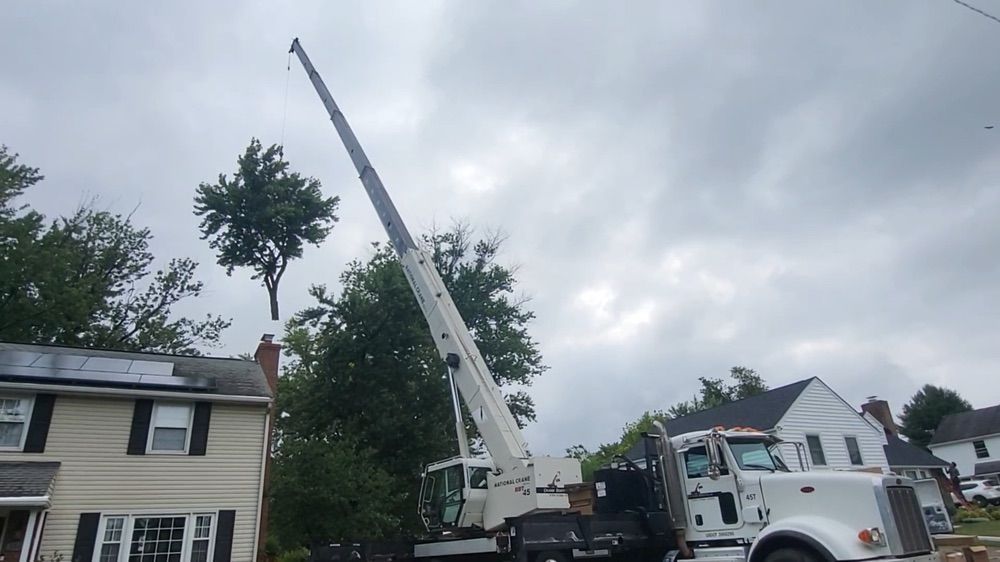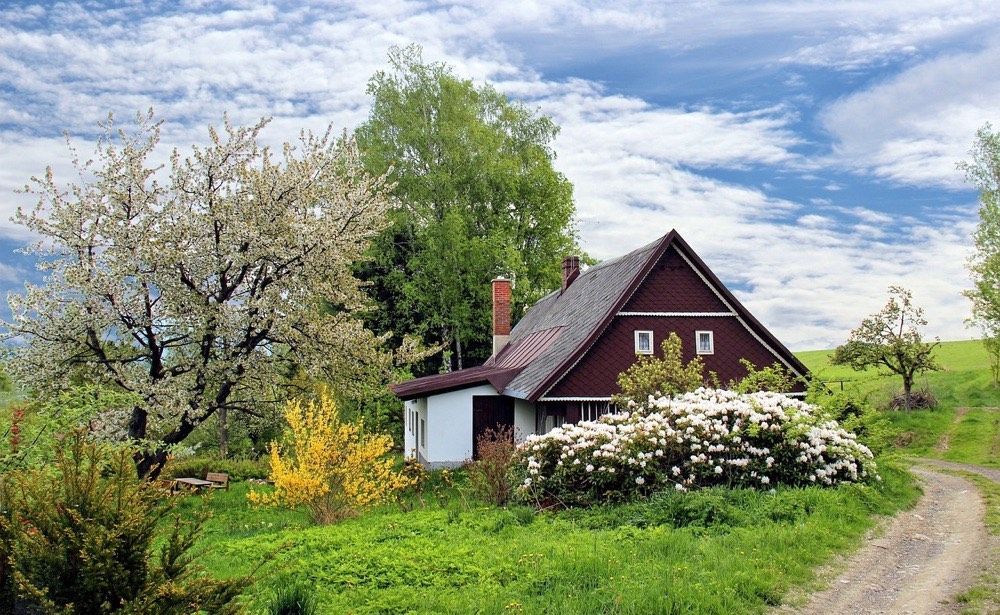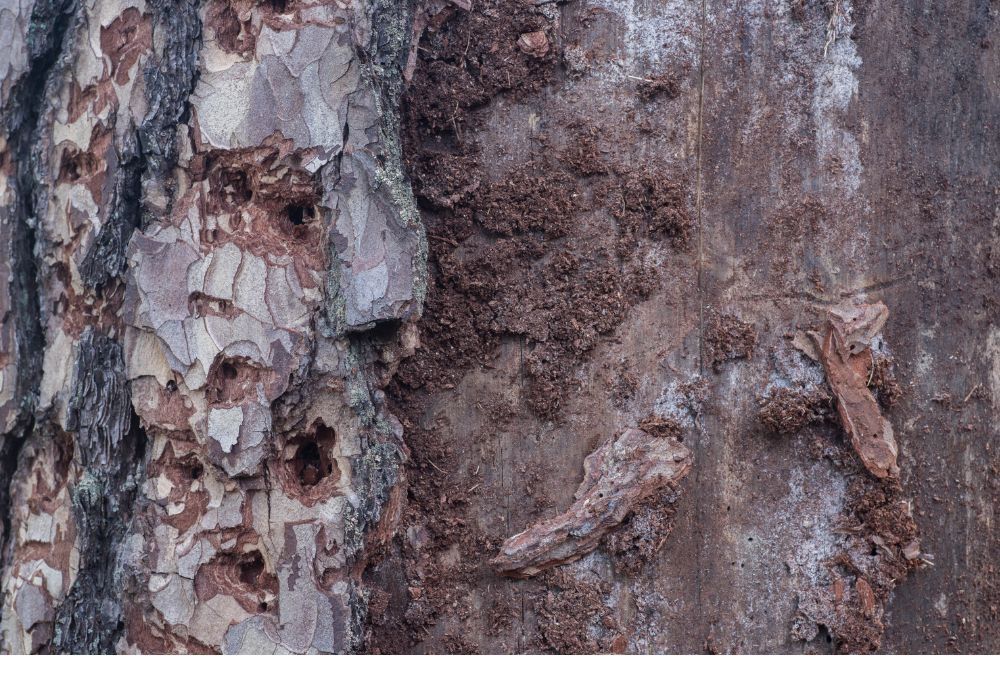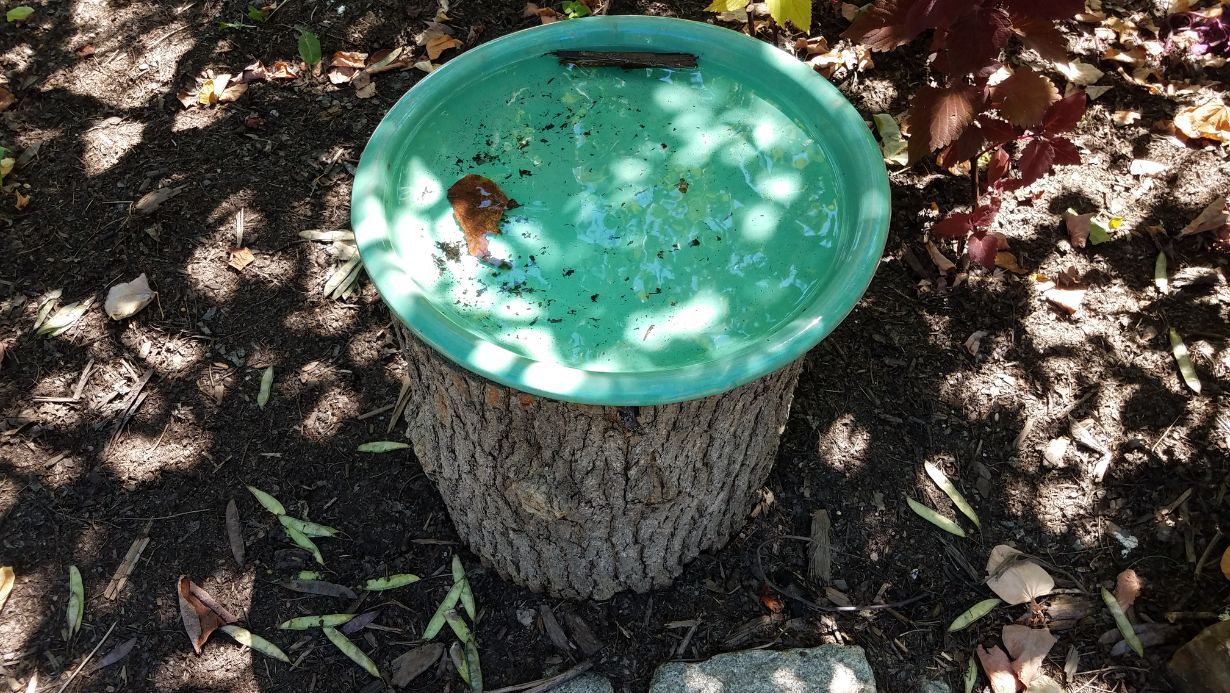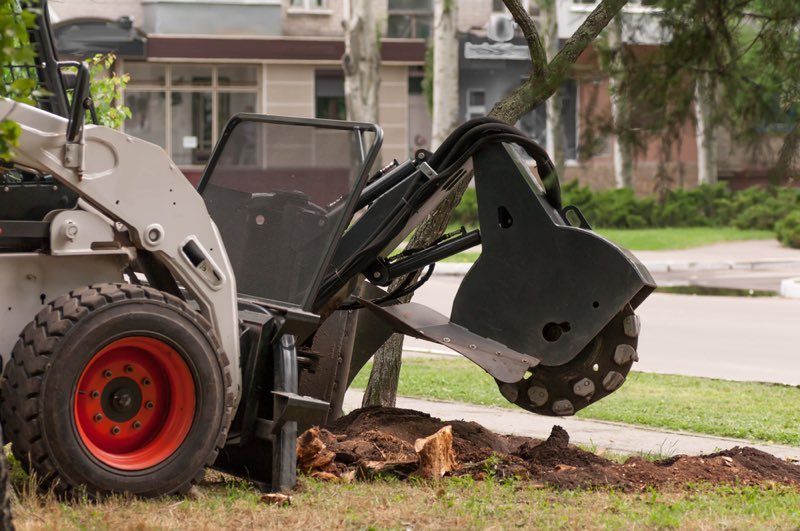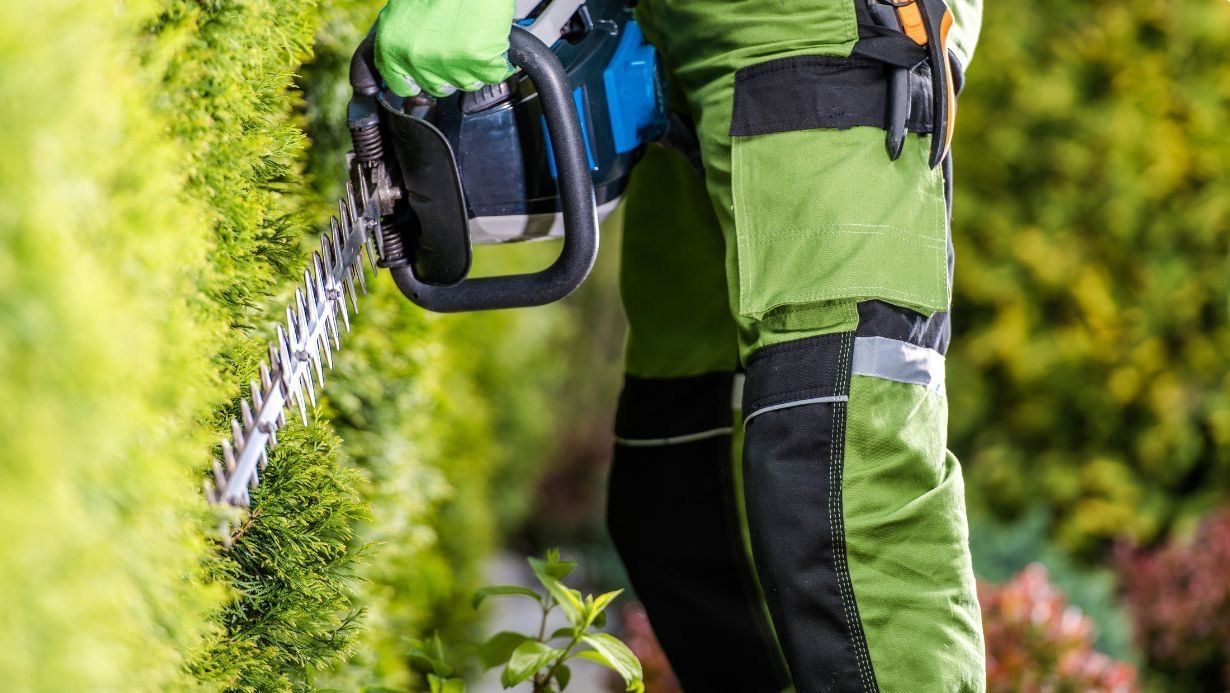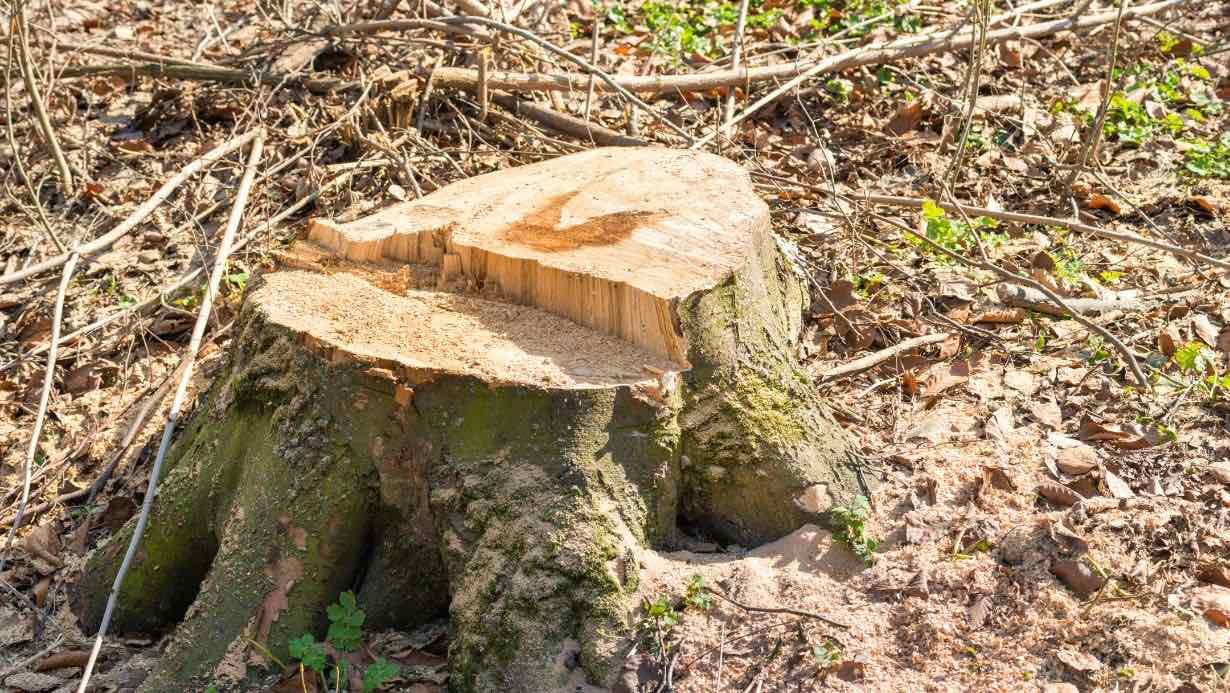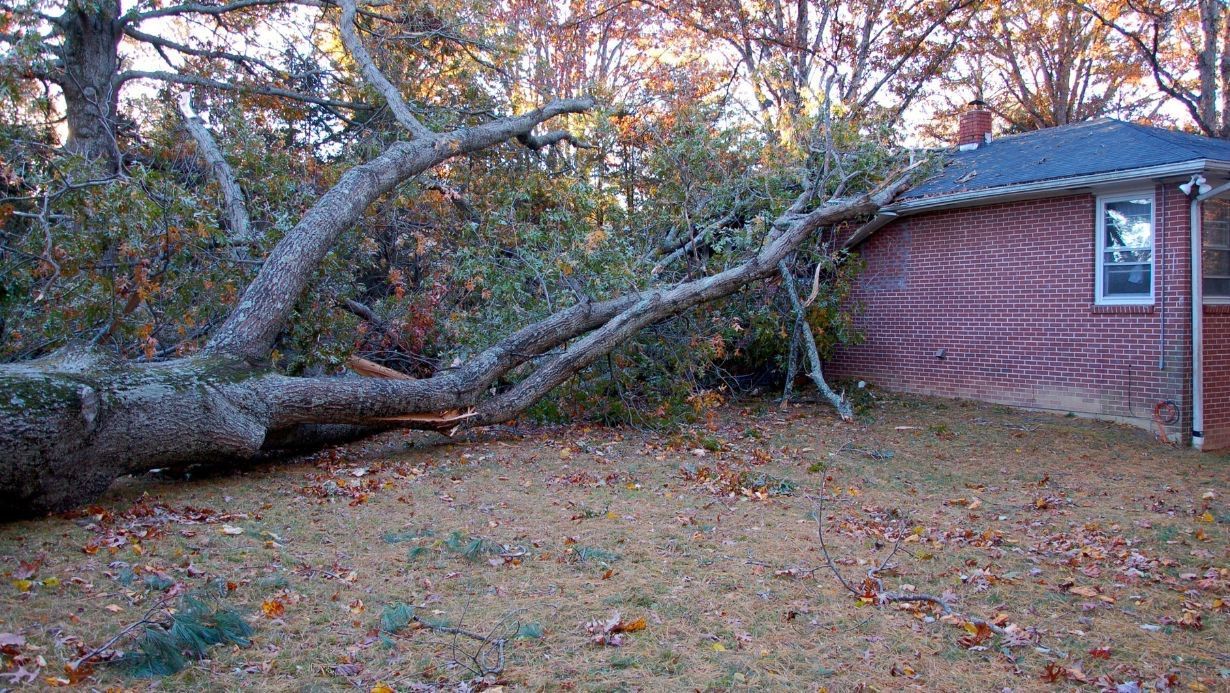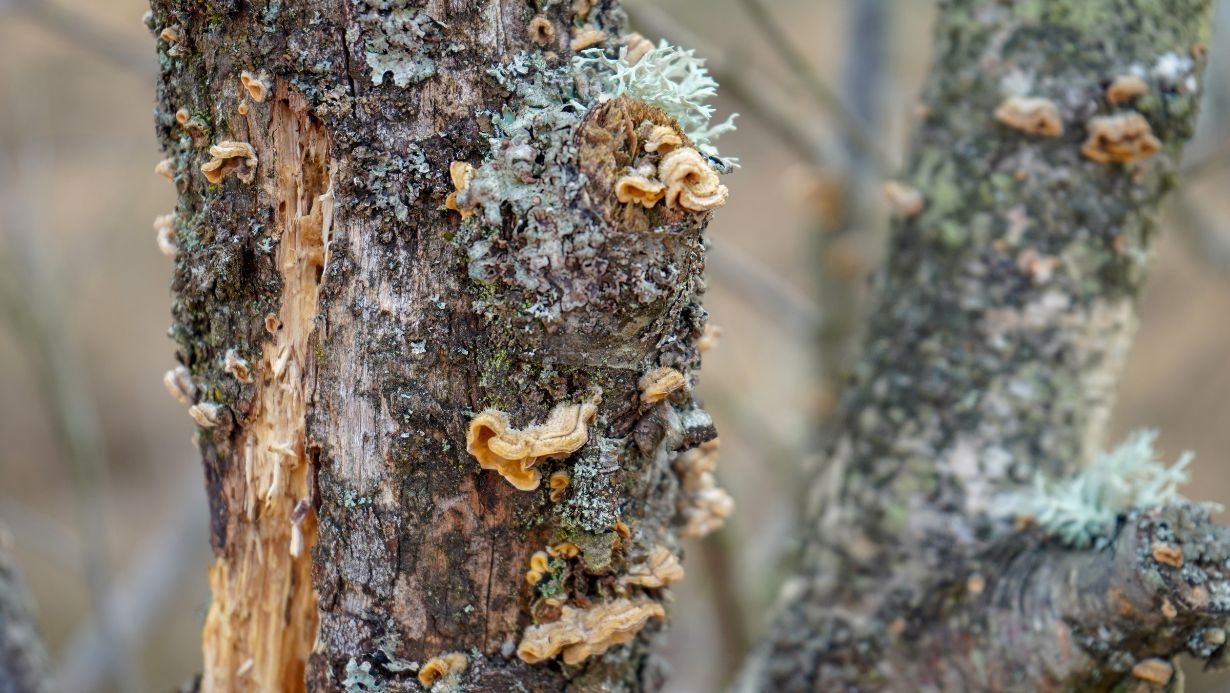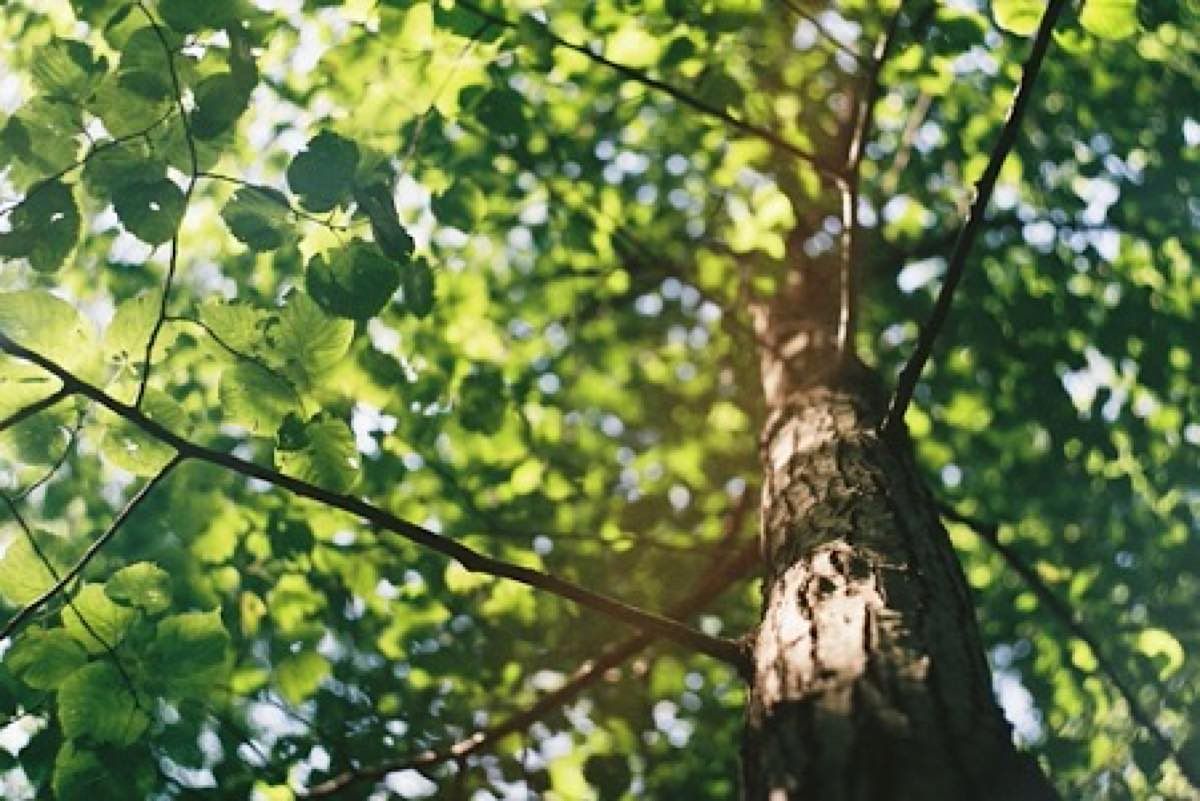Can Spotted Lanternflies Kill Your Tree?

If you live in Berks County (or just about any county in Pennsylvania), you are probably somewhat familiar with the Spotted Lanternfly (SLF), a beautiful but destructive and invasive pest native to southern China, Vietnam, and Taiwan. Infestations of these little buggers sweep through different parts of Pennsylvania and a few other states every summer.
The SLF is undoubtedly a nuisance, but you may wonder if they can kill your trees, thereby requiring the removal of the dead tree. SLFs alone will not kill your tree; however, when they begin feasting on it, they become a “plant stressor,” which can cause significant damage, decrease health, and sometimes lead to the death of the tree or plant it is feeding on.
Spread of the Spotted Lanternflies
Berks County has the unfortunate distinction of being ground zero for the SLF in the U.S. They were first discovered in Berks County in 2014 and are believed to have arrived in a shipment of stone to a Berks County nursery around 2012.
In just ten years, the SLF has spread to 51 counties in Pennsylvania and thirteen additional states - Connecticut, Delaware, Indiana, Maryland, Massachusetts, Michigan, New Jersey, New York, North Carolina, Ohio, Rhode Island, Virginia, and West Virginia - according to the U.S. Fish and Wildlife Service.
SLFs are spreading much faster than many invasive species in the past, partly because there are no predators in the U.S. to keep them under control like in their native countries. Another issue is that SLFs lay masses of eggs on trees, boats, cars, or any flat surface, and people are unknowingly transporting the eggs to new areas.
The annual populations of SLFs in different areas can fluctuate from year to year. For example, you may see a drop in SLFs one year but see them return in full force the following year. Experts believe these fluctuations are due to host fitness, natural enemies, and weather conditions.
The Problem With Spotted Lanternflies
The SLF uses its piercing-sucking mouthpart to feed on sap from more than seventy different plant species. This can cause damage (wilting, leaf curling, dieback, etc.) and stress to the plant, leading to decreased health and possibly death. SLFs particularly enjoy feeding on grapevines, apple trees, maple trees, birches, willows, and other trees.
In addition, as the SLF feeds, it excretes a sticky, sugary substance called honeydew that can attract wasps, bees, and other insects. A buildup of honeydew also promotes the growth of sooty mold that can cover anything (plants, furniture, cars) below where the SLF feeds. Sooty mold does not harm people; however, it can damage plants and trees by disrupting photosynthesis, leaving them vulnerable to diseases and pests and stunting their growth and overall health.
Although SLFs do not bite or sting and are not dangerous to humans or pets, they pose a significant threat to our agricultural industry. Wineries and apple orchards are particularly vulnerable to SLFs. According to a Pennsylvania Department of Agriculture study, “uncontrolled, this insect could cost the state $324 million annually and more than 2,800 jobs.
SLFs also threaten the health of our ecosystem, harming native trees and plants and potentially destroying habitats for birds, reptiles, and mammals.
Furthermore, if you have a particularly nasty infestation with swarms of these pests, they can limit your ability to enjoy the outdoors in spring and summer.
Identifying Spotted Lanternflies
The Spotted Lanternfly goes through one life cycle a year in Pennsylvania and looks very different at each stage. Therefore, your first step to protecting your trees and other plants is to recognize them at each stage of life.
Female SLFs lay 30-50 eggs on flat surfaces from September through November. The egg mass is about 1’ long and is covered in a white-to-gray-putty-like substance.
The SLF eggs are beginning to hatch now and will continue until about July. When they first emerge, SLFs are just a few millimeters long and black with white spots. They’re often mistaken for ticks. They will continue to grow to about ¼” long. Around July, SLFs will begin turning bright red with black stripes and white spots and grow to about 1/2” long.
Then, they morph into the adult stage. An adult-spotted lanternfly is about 1” long and ½” wide. It has gray forewings with black spots. When it’s flying, you can see its red and black hind wings.
You may see several different stages of SLFs simultaneously as they hatch and mature at different rates. SLFs are planthoppers and strong jumpers. As adults, they have wings but are very weak fliers.
Manage Spotted Lanternflies to Protect Your Trees and Plants
If you want to help control the spread of the SLF, reduce the threat to our ecosystems, and protect your plants and trees… Kill them! Squash them! Smash them! Get rid of them! Penn State Extension suggests managing SLFs by “promoting plant health, destroying eggs, using traps, and using chemical control when appropriate.”
Arbor Max Tree Service Can Help
Arbor Max Tree Service can promote plant health and help protect your trees and shrubs from the stress caused by SLF with proper pruning. If a tree becomes infested with or is killed by the stress of SLF, we can safely remove the tree.
Call today at 484-878-8947 or click for a free tree removal or tree trimming quote.

